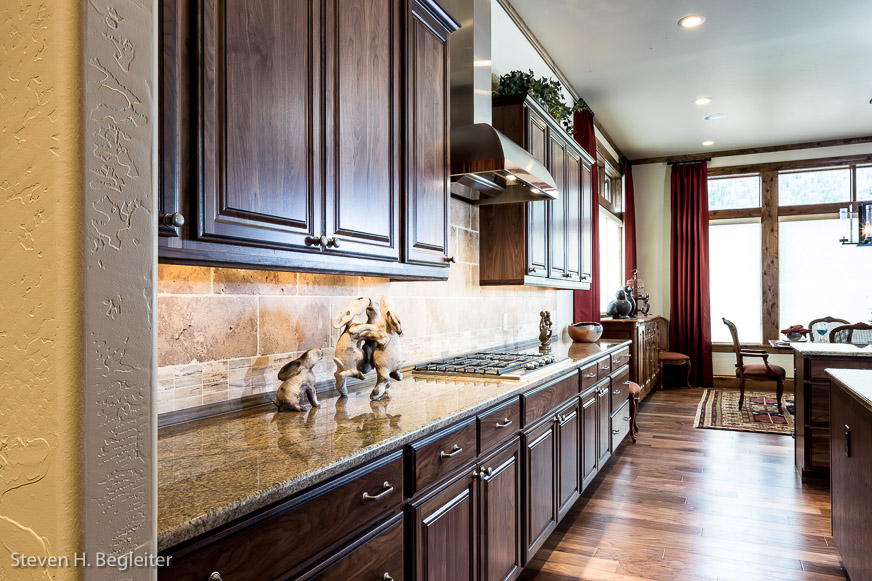As a person who thrives in nature and outdoors, I find a little irony that my greatest passion is creating interior environments. But it’s beginning to make sense to me. When I’m indoors, shades are up, doors are wide open if it’s not freezing outside, windows open sometimes even if it is freezing, plants and flowers surround me, and my dogs are always close. In my practice, my favorite and most used approach to the interiors I create for people is to intuitively interject natural elements everywhere I can. Whether it’s through natural finishes like real stone or organic cotton, or sneaking in day-lighting where possible, I love spaces that remind me, even if just subtly, of being outside. Turns out, I’m not alone and all these billions of dollars in studies are stating the obvious: What feels good to us- gardens, animal companionship, views, sunshine, are actually proving to be good for us. Duh. And it’s catching on in a massive fashion. Empirical evidence shows that even a brief experience with nature can elicit a restorative response in humans. Biophilic design is design of the built environment that reconnects us with nature and it’s been shown to be essential for providing people healthy environments that produce less stress and actually contribute greatly to the users’ health and well-being.
The term, ‘biophilia’ literally means, ‘love of life or living systems’. Unlike a ‘phobia’, which are aversions and fears that overtake people, ‘philias’ are attractions and positive feelings that people have toward habitats, organisms, and natural surroundings. As humans, we have an innate biological connection with nature. We are captivated by a crackling fire, sunrises, crashing waves, and for good reason. We can’t not love these things. But for decades, we’ve created sterile built environments doomed with interiors that are plain, toxic, devoid of any daylight, and causing us to die a slow, painful death both psychologically and physically. I’m thrilled that biophilic design is not merely a trend, instead, it’s going to be how we design built environments from here on out.
Next time you are in a commercial or hospitality environment and REALLY feel good, ask yourself why and try to pin it down. Every time I am having this experience I can unanimously point to natural elements whether it’s actual green things growing, daylight, natural materials. Then, next time you’re in an environment you are bummed out by and loathing, try to figure out why. Sometimes, it’s the colors of that environment, sure, but bad color comes from bad lighting a lot of the time. Bad lighting is not a part of biophilic design. Sadly, I’ve found myself going through this analysis often in medical settings- environments that should feel the best to us.
Here’s a great paper on biophilic design if you’d like to learn more: http://www.terrapinbrightgreen.com/reports/14-patterns/
Above is a kitchen I designed using many biophilic elements: maximized views; controlled day-lighting; natural materials in walnut cabinetry and flooring, travertine, granite, metals; plants and flowers; non-synthetic fabrics.
Thanks for reading! BB


